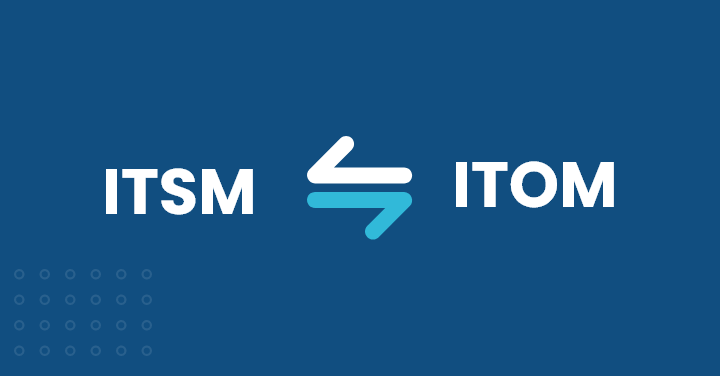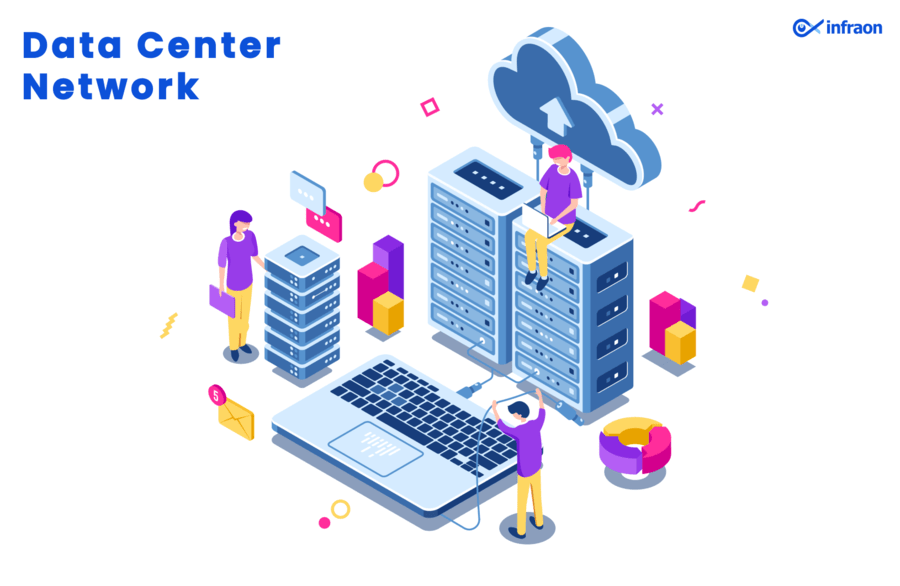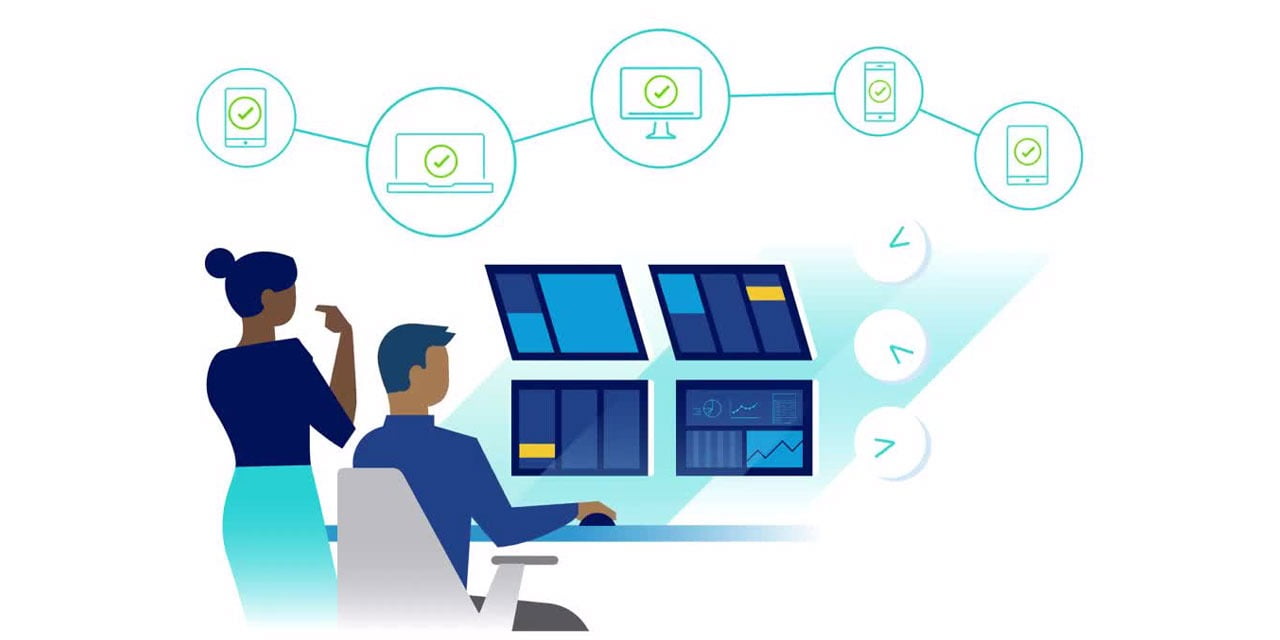ITSM and ITOM are two of the most critical concepts to understand when managing an IT department. Although both are related to IT management, key differences and similarities between the two must be understood to maximize efficiency and ensure customer service. In this article, we will explain the key differences and similarities between ITOM and ITSM and how they should be used to ensure successful IT management.
What is IT Service Management (ITSM)
IT Service Management (ITSM) is a set of processes and best practices used to manage the delivery of information technology services to customers. It is a part of the larger discipline of IT Service Management (ITSM). It focuses on providing IT services that meet customer needs and align with the organization’s overall business objectives. ITSM is a comprehensive approach to managing the full lifecycle of IT services, from design and development to delivery and support.
It includes a set of best practices and processes for managing IT services and their associated resources, such as hardware, software, people, processes, and policies. ITSM also focuses on the customer experience, ensuring that IT services are delivered in a timely, cost-effective, and reliable manner. ITSM is the foundation of successful IT service delivery and is an integral part of the IT infrastructure of any organization.
Related Article: What is ITSM? A Guide to IT Service Management
What is IT Operations Management (ITOM)
IT Operations Management (ITOM) is a software-based approach to managing the day-to-day tasks of IT departments. It is designed to improve the efficiency and cost-effectiveness of IT operations while ensuring that the organization’s IT infrastructure is running smoothly and securely. ITOM involves using various IT tools and processes to monitor, manage, and control all aspects of the IT environment. ITOM includes activities such as system monitoring, asset management, patch management, service management, capacity management, and security management. All of these activities are geared towards improving the overall performance of IT systems while ensuring that the organization’s data is secure and reliable.
ITOM helps organizations to ensure that their systems are compliant with industry standards and that they are meeting their internal IT objectives. ITOM helps reduce manual labor and streamline operations using automated processes and tools. This automation also helps to improve the organization’s overall efficiency, leading to increased productivity and cost savings. ITOM helps organizations make better decisions about their IT investments by tracking IT performance and identifying areas for improvement. Additionally, ITOM helps organizations identify and address potential security vulnerabilities in their systems.
Related Article: A Beginner’s Guide to IT Operations Management Tools
ITSM vs. ITOM
ITSM (Information Technology Service Management) is a framework used to manage the delivery of IT services to customers. This framework is based on the ITIL (Information Technology Infrastructure Library) best practices and consists of five main processes:
- A service strategy is focused on designing and developing services to meet customer requirements. It involves the identification of customer needs, the selection of appropriate services, and the development and implementation of service offerings. Service strategy also provides a framework to ensure that customer expectations are met and that the services are cost-effective and deliver value. The process also involves aligning service design and strategy with overall business strategy and IT policy.
- Service design is creating a service portfolio that reflects the current and future needs of the customer and ensures that services are managed and delivered effectively. Its activities include service level management, portfolio management, and service catalog management. Service design is a crucial process in IT Service Management because it ensures that services meet the desired levels of quality, performance, scalability, and availability.
- Service transition is transitioning a new or changed service into an operational environment. It involves planning, designing, building, testing, implementing, and documenting the transition of a service from one state to another. This process helps ensure that the service transition is as smooth and successful as possible. The objectives of service transition are to ensure that changes are introduced in a controlled and coordinated manner, risks are minimized, and services are delivered as expected.

- Service operations seek to ensure the day-to-day operational activities of IT services are running smoothly and efficiently and that any issues that arise are managed and resolved promptly. It is the process responsible for executing and managing service requests, incidents, problems, and changes. Service operations also ensure that all services meet the agreed-upon service levels and that the necessary resources are available to deliver services.
- Continual service improvement ensures that IT services are continually improved to meet the customers’ needs and stay competitive. The process includes analyzing existing services and processes, identifying areas for improvement, and implementing solutions. It also includes tracking the performance of the solutions over time to ensure that they meet the desired outcomes. Using metrics and other data, organizations can identify areas with potential for improvement and take action to make those improvements.
ITOM (Information Technology Operations Management) is an umbrella term used to describe IT operations management. It includes monitoring, managing, and optimizing IT infrastructure, resources, services, and applications. ITOM typically focuses on the operations side of the IT organization and its core processes.
ITOM involves regularly monitoring IT infrastructure, resources, services, and applications to ensure that they perform efficiently and as intended. It includes monitoring server and network performance, application usage and availability, and system security.
ITOM also involves:
- Managing the IT infrastructure, including configuring and deploying new services and applications.
- Patching and updating existing services and applications.
- Ensuring compliance with applicable regulations and standards.
Finally, ITOM involves:
- Optimizing the IT infrastructure by identifying and resolving weak points in the infrastructure.
- Finding opportunities to increase efficiency and performance.
- Implementing best practices and industry standards.
Simply put, the main differences between ITSM and ITOM are the scope of each and the tools used. ITSM is a more comprehensive approach, focusing on the strategy and design of IT services, while ITOM covers the operations side of the IT organization. ITSM is also focused on customer service, while ITOM is focused on keeping IT services running smoothly. ITSM typically uses ITIL-based tools and frameworks, while ITOM uses various monitoring and automation tools.
Let’s look at a few similarities between ITSM and ITOM.
Key similarities between ITSM and ITOM
- ITSM and ITOM both use a service-oriented approach to ensure the smooth running of IT systems and services.
- They both emphasize the importance of using a structured approach when designing, building, and managing IT systems. It includes using best practices, processes, and tools to ensure that IT services run efficiently and effectively.
- ITSM and ITOM both focus on providing the customer with a high-quality experience, including the use of customer-oriented processes, such as incident management and service level agreements, to ensure that customer expectations are met.
- They both focus on the importance of security. It includes implementing security policies and procedures to protect IT systems and services from potential threats.
Key differences between ITSM and ITOM
The two disciplines have some similarities but also have some key differences.
- The scope of their responsibilities, i.e., ITSM, focuses on the management of IT services, while ITOM is focused on the management of IT operations. ITSM is responsible for providing IT services to customers, such as incident management, configuration management, and service level agreements. ITOM is responsible for the operational aspects of the IT environment, such as monitoring, performance management, and automation.
- ITSM focuses on customer service and the overall customer experience, while ITOM focuses on the technical aspects of the IT environment.
- ITSM is responsible for ensuring that IT services are delivered in accordance with customer requirements and expectations. ITOM is responsible for ensuring that the IT environment is running optimally.
- ITSM is typically focused on managing IT services, while ITOM is focused on managing IT operations. ITSM is focused on providing IT services to customers in a manner that meets their needs and expectations. ITOM is focused on ensuring that the IT environment runs efficiently, securely, and per best practices.
Combining ITOM and ITSM
The benefits of combining ITOM and ITSM are immense. Combining ITOM and ITSM solutions gives organizations access to a powerful suite of tools that can help them manage their IT infrastructure and operations more effectively and efficiently.
This combination allows for better visibility into performance, resource utilization, security, and improved service delivery. ITOM solutions provide organizations with real-time insights into the performance of their IT infrastructure to quickly identify issues and take corrective action. ITOM solutions provide a more comprehensive view of the IT environment, allowing organizations to gain a better understanding of their network and system performance. On the other hand, ITSM solutions provide organizations with the ability to automate many of their IT processes. It allows organizations to reduce manual labor and costs and streamline their IT operations. ITSM solutions provide insight into the customer experience, allowing organizations to understand customer needs better and develop more tailored services.
By combining ITOM and ITSM solutions, organizations reduce costs and improve customer service, all while ensuring that their IT environment is secure and running optimally.
Final Note
Overall, understanding the differences and similarities between ITSM and ITOM can be very helpful in ensuring that an organization’s IT infrastructure is managed effectively. Organizations can choose which system best fits their particular needs, develop an efficient strategy for managing their IT infrastructure, and ensure that they meet, if not exceed, customer demands.


















